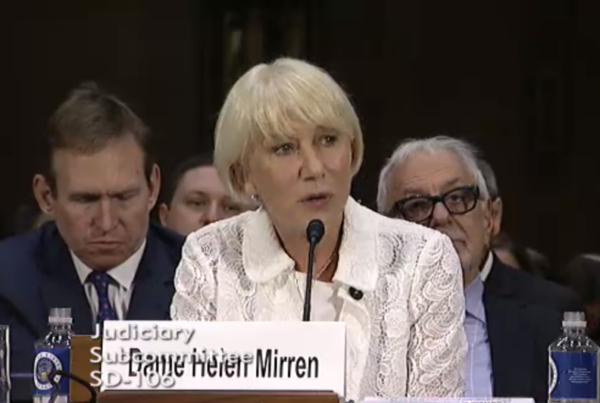A Midland man was stung over 50 times and his dogs died after being stung over 1,000 times. In Texarkana, a swarm of bees surrounded a woman’s car, trapping her inside. A man mowing his lawn in Raymondville was swarmed, suffered more than 200 stings, and died. A farmer in Lozano died after being stung more than 3,000 times.
These are no ordinary bees. Entomologists call them killer bees, or Africanized bees – a hybrid of two species, the African honey bee and various European cousins. They look like European honey bees, stripes and all, but are smaller. And their impulse to sting is 10 times greater – bees will pursue victims as far as half of a mile away from hives.
Biologist Tim Cleverdon is the founder of Midland’s Bee Busters, which does bee removal across the state. The species started out as an experiment in the 1970s for which scientists wanted to cross-breed a domestic honey bee with a bee in Africa that is known to be a very active honey producer. They wanted to create a manageable bee that would produce more honey.
“They produced a bee that was less manageable and did not make as much honey,” Cleverdon says. “The experiment ended in the late ’70s and the bees go out into the environment.”
The killer bee problem, then, began in the early 1980s.
“Africanized bees, when they get challenged or threatened, they release an alarm pheromone from their bodies, and that generates the activity and the defensive response from the colony,” Cleverdon says.
When the bees sting someone, the stinger pulls out of their body. With multiple stings comes a strong release of more pheromones into a person’s body.
These bees won’t attack something a quarter mile away from their territory, but once they engage in a threat, they’ll chase it pretty far.
“Bees have a very good sense of smell and that’s how they can know how to and where to pursue a threat,” he says.
Africanized bees are not only aggressive towards humans, but also to other breeds of bees. If a colony of European bees is in the same area as the Africanized bees, the Africanized bees will essentially destroy the European colony by killing their queen. The honey bees that survive the attack usually leave, and those that stay die within a week because of their short life spans.
The Africanized bees then repurpose the hive to fit their needs.
If you spot an Africanized bee, Cleverdon says don’t attempt to self-treat the hive – call a professional instead. If you’re getting swarmed, seek shelter immediately.
From reports of killer bee swarms, it looks like they’re not going anywhere.
“I think they’re here to stay as they multiply and cross breed,” Cleverdon says. “It seems like the gene for aggressiveness is dominant over the gene for passivity.”
Prepared for web by Beth Cortez-Neavel.















